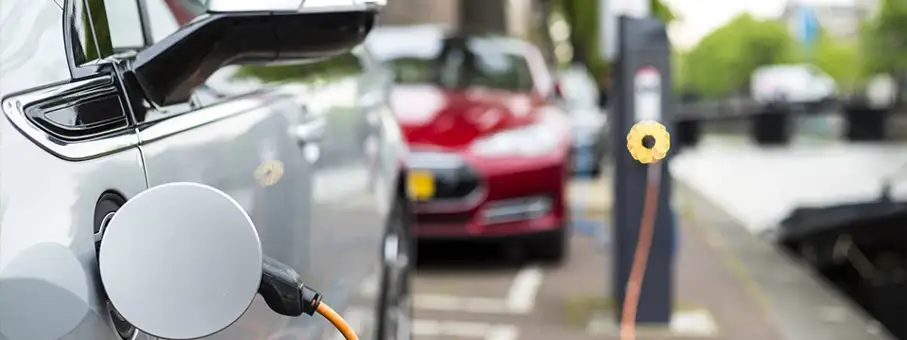Why new labels were brought in
New labels were introduced at UK filling stations in 2019 after the Department for Transport (DfT) published new regulations that require fuel dispensers and nozzles to help drivers choose the right fuels for their vehicle.
The labels assign a geometrical shape accompanied by a letter and a number to each fuel type: liquid, gas and electric charger. They were developed to harmonise identifiers for marketed liquid and gaseous fuels due to the increasing variety that have arisen from efforts to decarbonise transport.
The labels were established by CEN (the Comité Européen de Normalisation or European Committee for Standardisation) and transposed into UK law as The Alternative Fuel Labelling and Greenhouse Gas Emissions (Miscellaneous Amendments) Regulations 2019 to implement EU Directive 2014/94/EU.
For liquid and gaseous fuels the relevant standard is BS EN 16942, and for electric charges the standard is BS EN 17186.
The fuel dispensed from filling stations has not changed, but these labels are designed to help consumers, with the labels on the pump matching the labels on car filler caps for ease of identification.
So what exactly do these labels mean?
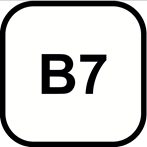
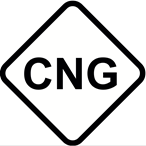
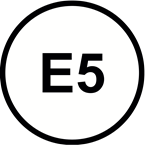
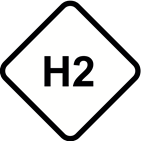
Liquid fuel labels
Gasoline (or petrol) fuels are represented by a circle with E5, E10 or E85 inside (which is linked to the content of biofuel). E5, for example, represents fuels containing up to 5% ethanol by volume and up to 2.7% oxygen content by mass.
Diesel fuels are indicated by a square with, for instance, B7, B10 or B100 (which is linked to the content of biodiesel). B7, for example means fuel containing up to 7% biodiesel by volume.
Gas fuel labels
Different gaseous fuels are signalled by a diamond, containing CNG for compressed natural gas, H2 for hydrogen, LNG for liquified natural gas and LPG for liquified petroleum gas.
With hydrogen fuel cell electric vehicles being promoted as another potential option for zero tailpipe emission transport, the prevalence of these types of symbols on UK filling station forecourts is likely to increase in the coming decades.
Electric charger labels
Work is also underway to establish standardised labels for electric vehicle power supplies, with the same purpose of minimising confusion for consumers. Expect to see hexagonal symbols visible at EV charging points across the UK, as deployment takes place by 2021
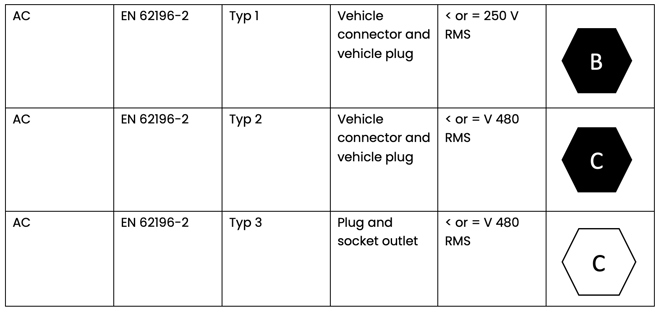
Source: MENNEKES
